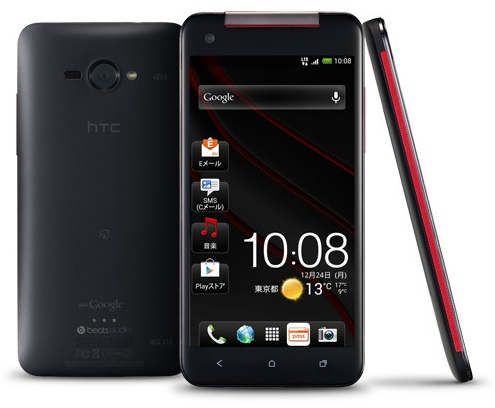Prin lansarea unui iPhone 4 cu Retina Display, Apple a demonstrat ca utilizatorii vor in smartphone-uri ecrane care sa afiseze imagini cat se poate de clare, alti producatori au inteles acest lucru si din 2011 au inceput sa lanseze terminale mobile cu cat mai multi pixeli per inch. Desi in momentul de fata majoritatea smartphone-urilor au macar 300 ppi, deja incep sa apara pe piata telefoane destepte care au rezolutie 1080p, 1920 x 1080, producatorii lor prezentand cu mare fast beneficiile unei asemenea rezolutii pe o diagonala de macar 5 inch.
Desi multi isi doresc sa aiba un asemenea ecran in buzunar, CEO-ul DisplayMate spune ca intre un smartphone ce are un ecran cu rezolutie 720p si altul cu rezolutie 1080p nu vor exista diferente foarte mari in utilizarea obisnuita. El spune ca utilizatorii normali nu vor sesiza diferente mari intre rezolutiile mentionate anterior si doar in grafica generata pe calculator vor putea aprecia cu adevarat calitatea ecranelor. El spune ca majoritatea continutului multimedia nu va fi extrem de clar afisat pe ecran si asta se datoreaza modului in care este facut acel continut. Trebuie avut in vedere si faptul ca o mare parte dintre continut este scalat pentru a fi afisat la anumite rezolutii, iar aceasta scalare reduce partial calitatea sa.
For some people, it is possible to tell the difference if we were to sit down and study a [1080p] display and a [720p] display, side-by-side. If you’re really a fanatic and you study images, or you have some professional applications and you’re really into displays, then it may make a visual difference for you. Even the tiniest image detail in a photograph is always spread over more than one pixel. The image detail is never perfectly aligned with the pixel structure of the display. Videos are even worse: not only are they fuzzy like photographs, but the pictures are constantly moving. Even if the images were sharp, the human brain couldn’t zero in on content that’s appearing for only a fraction of a second on such a small display. For ordinary viewing of videos, 1920×1080 is really not going to make a visual difference.
Practic Raimond Soneira spune ca doar in Android OS, jocuri sau diverse aplicatii vom putea aprecia adevarata calitate a unui ecran 1080p, insa restul continutului multimedia s-ar putea sa ne dezamageasca si asta din cauza modului in care este el facut. Acum nimeni nu spune ca ecranele de acest gen nu ar fi utile in smartphone-uri, insa noi nu le putem aprecia la adevarata lor valoare din cauza faptului ca vederea noastra nu ar fi indeajuns de buna, dar si din cauza faptului ca putin continut multimedia este facut la o rezolutie indeajuns de mare pentru a rula pe ele. Daca aveti o tableta iPad 3 si navigati pe web, atunci cu siguranta ati inteles ca internetul nu este acum pregatit pentru asemenea rezolutii.
Eu unul salut implementarea ecranelor 1080p in smartphone-uri, sper ca lumea sa le primeasca bine, insa pentru inceput cred ca vor fi ceva probleme cu ele.






















